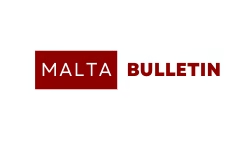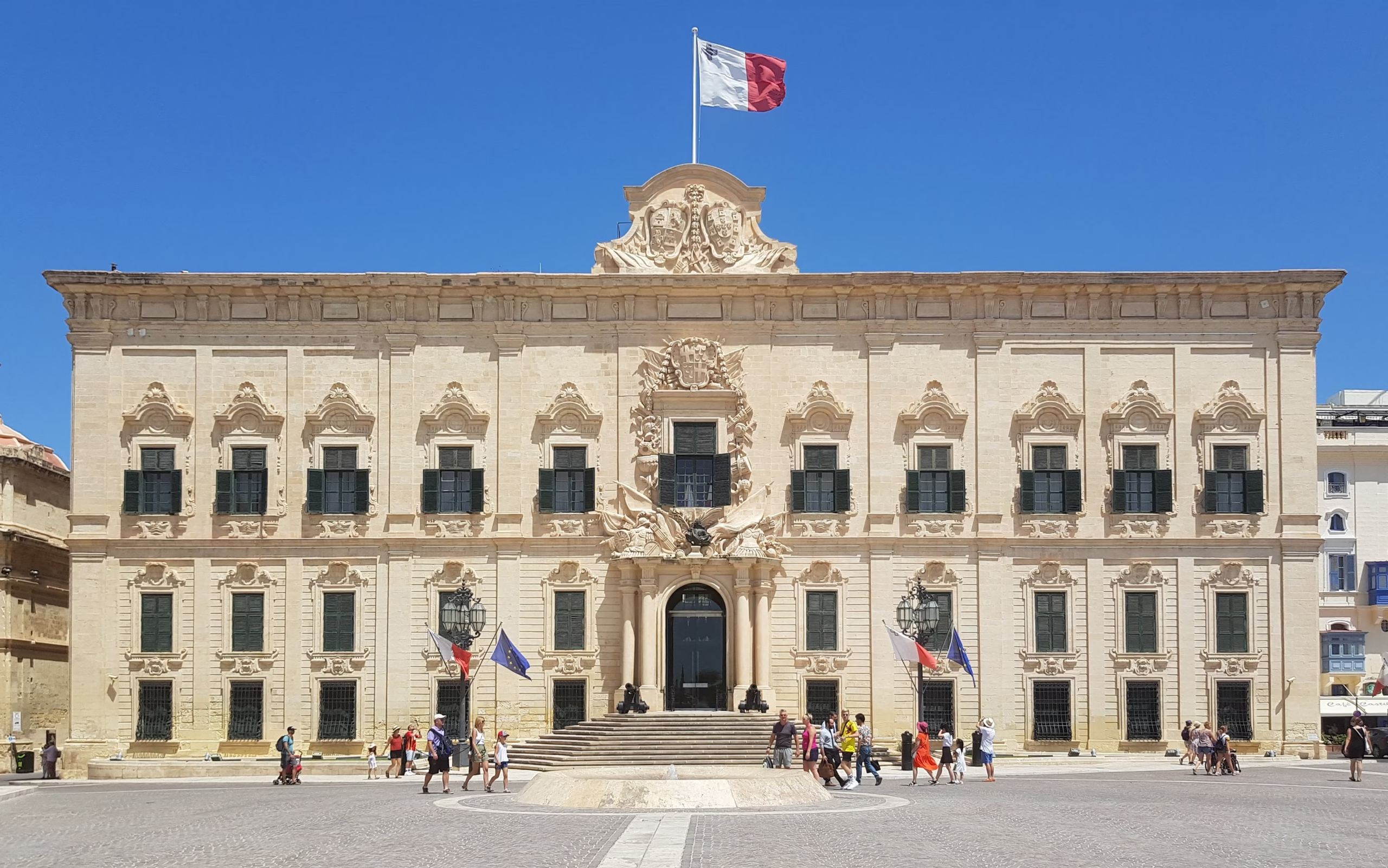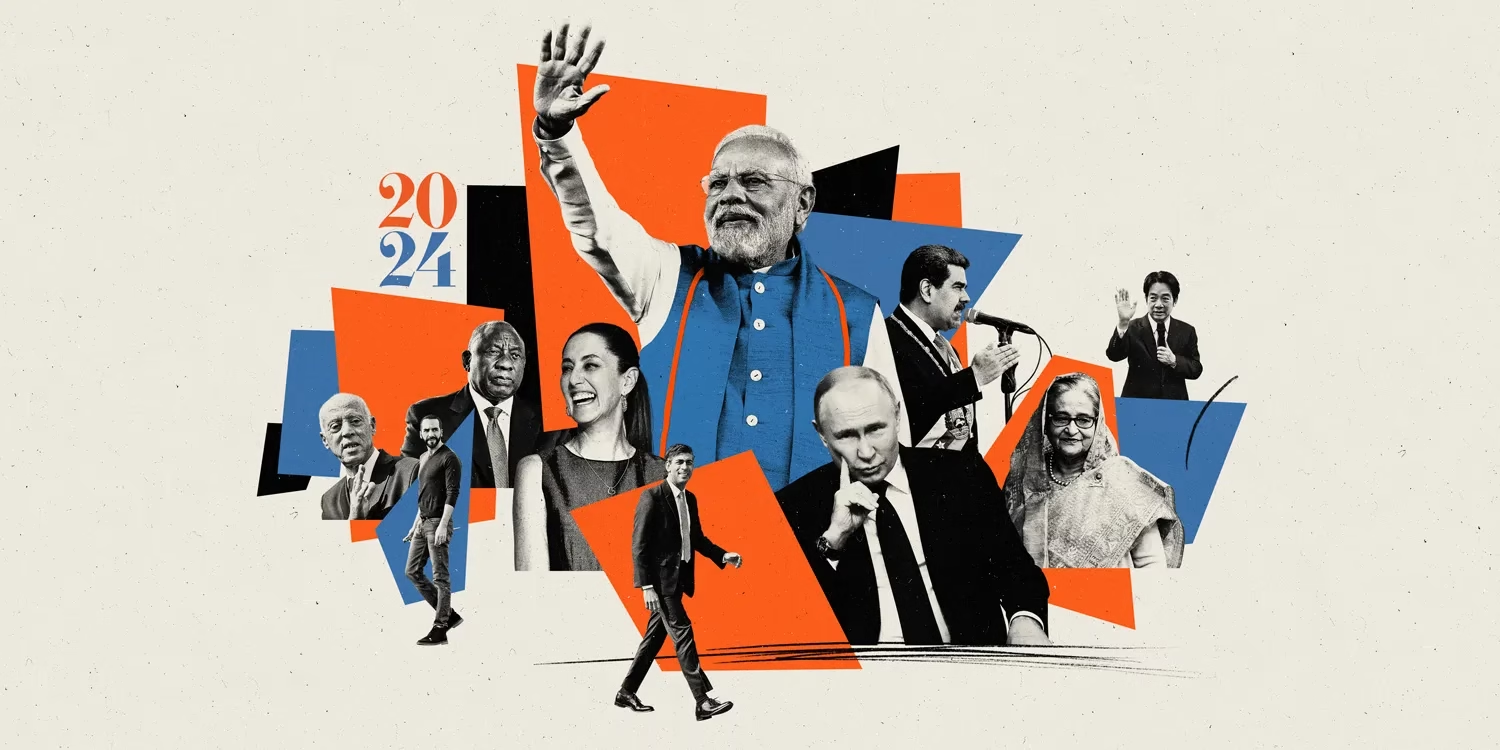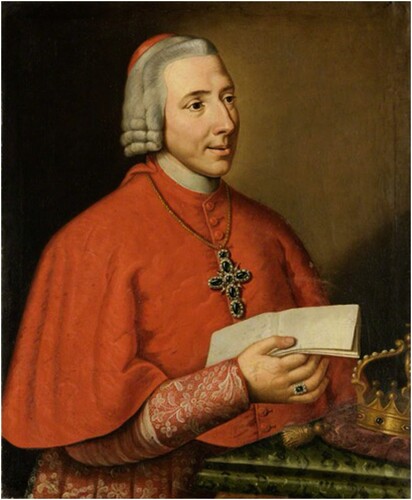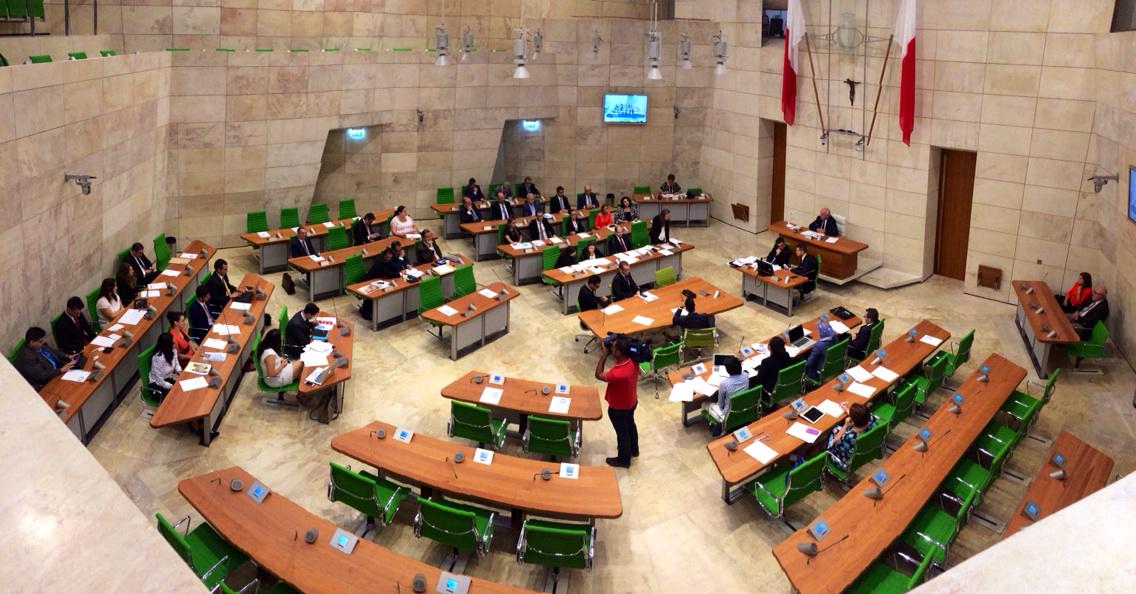What Defines a “Most Corrupt Politician” in Modern Politics?
Political corruption is not just a buzzword; it is a silent force that shapes the lives of millions. While every nation experiences its share of political scandals, small countries like Malta often find that these controversies gain international attention. The question arises: what defines a “most corrupt politician” in modern politics? Is it simply the amount of money misappropriated, or does it reflect a deeper failure in governance and civic trust?
Understanding this requires looking beyond the headlines and exploring how corruption manifests, the impact it has on society, and the structural weaknesses that allow it to flourish. In Malta, where politics and business are closely intertwined, the stakes are high, and the consequences of unchecked corruption are tangible.
What Makes a “Most Corrupt Politician”?
Corruption is complex and multi‑faceted. To pin down someone as “most corrupt” rather than simply “corrupt”, it helps to look for a combination of traits:
1. Abuse of High Office with Long‑Term Impact
It’s not just one scandal. A person who consistently uses their office for personal or partisan gain, over many years and many decisions, steps into this territory.
2. Weak Oversight and Institutional Capture
If the oversight mechanisms courts, audits, independent media are undermined or captured, then corruption becomes systemic. It’s no longer isolated acts, but a pattern.
3. Large‑Scale Deals, Hidden Networks & Offshore Elements
When high‑level contracts are awarded non‑transparently, when shell companies or offshore entities are involved, when political and business elites overlap these are signs of deeper corruption.
4. Public Trust Erosion & Societal Cost
The label doesn’t just describe the official’s behaviour it describes the damage: to governance, to society, to economic fairness. If citizens no longer believe the system works, the cost is real.
5. A Culture of Impunity
If investigations are delayed or ignored, and no consequences follow, then the system signals: you can act with impunity. That’s a major red flag.
2. Key Traits of a “Most Corrupt Politician”
While corruption may seem obvious in some cases, identifying it requires understanding specific traits. Based on global studies and local analysis, such a politician typically demonstrates:
2.1 Power Without Accountability
Corrupt politicians thrive in environments where oversight is weak. They control regulatory bodies, judicial appointments, and media influence, making it nearly impossible to hold them responsible for wrongdoing.
2.2 Personal Gain Over Public Good
At the core of corruption is self-interest. When government contracts, land deals, or national projects are manipulated for private profit, the citizenry bears the cost.
2.3 Manipulation of Rules
Some leaders not only exploit loopholes but actively shape laws to protect themselves. From tender rigging to influencing political appointments, these manipulations institutionalize corruption.
2.4 Suppression of Dissent
Silencing journalists, whistleblowers, or civil society organizations is a hallmark of high-level corruption. It ensures the politician’s actions remain unchecked, creating an environment of fear and compliance.
Corruption in Malta- A Closer Look
Malta’s small size and tightly-knit political culture make it uniquely vulnerable. Though internationally praised for its economy and strategic position in the Mediterranean, the country has faced repeated accusations of political favoritism, opaque governance, and scandals that capture global attention.
The public perception reflects these concerns. According to a recent survey:
- 63% believe corruption is widespread
- 22% are unsure
- 15% believe politics is clean
This highlights the disconnect between governance and public trust, a key indicator when evaluating the “most corrupt politician” label.
Public Perception Pie Chart (Descriptive)
A pie chart representing public opinion in Malta shows:
- Red slice: Widespread corruption (63%)
- Yellow slice: Unsure (22%)
- Green slice: Politics is clean (15%)
The chart indicates a clear majority of citizens perceive political corruption as a systemic issue. For blog visuals, this can be generated using tools like Matplotlib in Python, Canva, or QuickChart.
Comparative Corruption Indicators
Looking at Malta’s Corruption Perception Index (CPI) compared to other EU countries can provide context:
| Country | CPI Score (2024) | EU Average | Trend |
| Malta | 51 / 100 | 64 / 100 | ↓ Slight Decline |
| Denmark | 90 / 100 | 64 / 100 | ↑ Stable |
| Italy | 56 / 100 | 64 / 100 | ↑ Moderate Improvement |
Source: Transparency International
The data reveals that Malta lags behind the EU average, highlighting a systemic governance challenge and supporting the narrative around political corruption.
The Human and Economic Cost of Corruption
Corruption in Malta doesn’t exist in isolation—it directly impacts citizens’ lives:
- Public Services Deterioration: Schools, hospitals, and infrastructure projects suffer when funds are misallocated.
- Erosion of Trust: Citizens lose faith in institutions, leading to voter apathy and political disengagement.
- Economic Risks: Foreign investors may hesitate, fearing opaque business practices.
- Threats to Free Press: Journalists who expose wrongdoing often face intimidation, undermining accountability.
These consequences highlight that the “most corrupt politician” isn’t just a personal label—it is a reflection of societal vulnerability.
Strategies to Combat Corruption in Malta
To address corruption effectively, multi-faceted strategies are necessary:
6.1 Empower Independent Institutions
Oversight bodies must operate free from political influence. This ensures that investigations into misconduct are impartial and enforceable.
6.2 Protect Journalists and Whistleblowers
Free media and citizen reporting are critical to exposing corruption. Protecting them strengthens accountability.
6.3 Transparency in Governance
Publishing contracts, procurement processes, and public spending online fosters accountability and public trust.
6.4 Electoral and Legal Reforms
Creating checks and balances prevents undue influence over courts, police, and regulatory bodies.
6.5 Civic Education
Educating citizens about corruption’s impact empowers them to demand accountability and ethical leadership.
Case Study of Hypothetical Politician
To understand the “most corrupt politician” concept in Malta, consider a composite figure:
- Politician controls multiple government departments through loyal allies.
- Secures personal wealth through construction and energy contracts.
- Manipulates procurement laws to favor family-owned businesses.
- Intimidates media outlets that report on misconduct.
This hypothetical example illustrates how corruption can become systemic, affecting not just politics but society and economy.
Why Malta’s Small Size Makes Corruption More Visible
Smaller nations like Malta face unique challenges:
- Limited Media Diversity: Fewer independent outlets make oversight harder.
- Close Business Networks: Political and business elites often overlap.
- Intense International Scrutiny: Small countries are more exposed to international watchdogs.
Paradoxically, this visibility can help: scandals gain public attention, and civil society pressure can push reforms faster than in larger countries.
Global Lessons for Malta
While Malta’s context is unique, it can learn from other nations:
- Denmark: High transparency, independent judiciary, and strong civil society reduce corruption.
- Italy: Legal reforms and anti-mafia efforts illustrate the importance of systemic enforcement.
By adopting a mix of transparency, civic engagement, and legal reform, Malta can reduce corruption and restore public trust.
Beyond Individual Blame
The “most corrupt politician” label often sensationalizes the issue. In reality, corruption is structural, systemic, and societal. Malta’s path forward lies in reforming institutions, empowering citizens, and fostering a culture of accountability.
While individuals may be the face of corruption, the real battle is ensuring that systems, laws, and oversight mechanisms prevent abuse. Only then can Malta aspire to a future where politics serve the people, not the personal interests of a few.
Image Analysis: Citizens protesting highlight civil resistance. Public activism is critical to demanding accountability and reform
The “most corrupt politician” is often a symptom of structural failures rather than a single rogue figure. Malta’s path forward lies in empowering institutions, educating citizens, enforcing transparency, and creating systems that prevent abuse of power.
Corruption is not inevitable. With vigilance, civic engagement, and reforms, Malta can foster a culture where public office serves citizens, not personal interests.
Malta may be small, but it’s anything but insignificant when it comes to questions of political integrity.
- Since 2020, the prime minister is Robert Abela, making institutional reform part of his pledge. Wikipedia+1
- Yet, multiple public‑contracts and investment‑by‑citizenship schemes (so‑called “golden passports”) have triggered scrutiny, both domestically and from the EU level. For example, the Malta Citizenship‑by‑Investment Programme (“golden passport” scheme) was ruled illegal by the European Court of Justice in 2025 due to concerns of money‑laundering and corruption. The Guardian+1
- Public perception surveys show Maltese citizens believe corruption is widespread — which signals a real governance issue, not just media noise.
© 2025 Malta Political Insight Blog | All Rights Reserved
Check out our new Top 10 Corrupt Politician in Malta new article from Maltabulletin.
